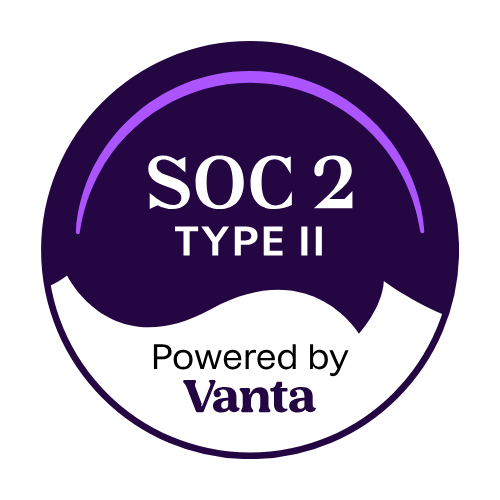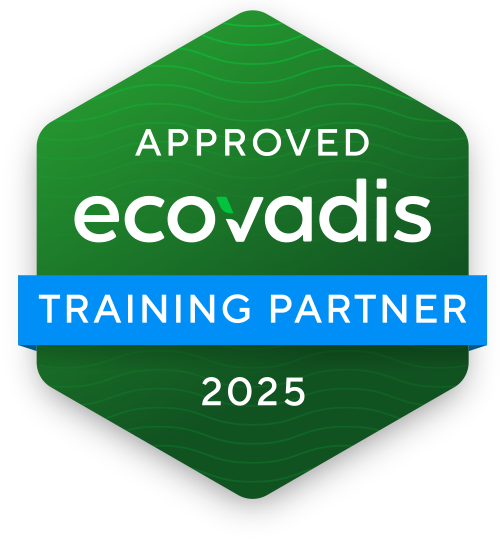We recently had the opportunity to speak with Paula Alexander, the Senior Director of Sustainability at The Clorox Company. She has been working in sustainability for over 10 years and serves as an advisory board member for the Duke Fuqua Center of Energy. Keep reading to learn more about the current sustainability practices at The Clorox Company.
AL: Can you tell us what you are doing currently for The Clorox Company?
PA: Good question, I could take that anywhere. Today, I lead a commercial team in the Sustainability Center at The Clorox Company, whose mission is to drive sustainability into every person’s job and every brand at Clorox. We believe that our diverse portfolio, ambitions, values, and corporate purpose all mean we need to do that, and it will take every one of us. I come from a marketing background so my mission is also to figure out how to monetize sustainability and go beyond it being risk mitigation, cost efficiency, and cost avoidance, to really driving topline value, and ultimately regeneration.
AL: So I’m curious, coming from a marketing perspective and background. It seems like Clorox has actually put you in a place where you do touch all these different business units, and are able to actually have some teeth in the business conversation as opposed to the philanthropic conversation?
PA: Yeah, I mean that’s why we created the Sustainability Center early 2020. We’re a group of about ten people, senior level and cross functional, with the ambition of driving sustainability into every business team, every business process and decision. I find it easier to get into the technical side to think about what it means to incorporate sustainability in your operations and your products. It’s another to start at your very center, to think about why we exist, what’s our purpose, because consumers are still evolving.
Not all consumers are looking for sustainability. So at least in the consumer-packaged goods industry, we always have people center plate, as they say, the consumer is king. If only 20% of them are asking for sustainable packaging, how do you make the business case for that? But we believe that sustainability is relevant for everyone, it’s just a matter of how you choose to talk about it. For some, it’s a matter of health and safety. For others, it’s about being a part of a global community.
For us, we have to ask, how can we be meaningful, and ensure that sustainability is sitting in the sweet spot between what the world needs, what people need, and what are the brand’s unique assets? If we can pull those things together, then that’s where we should focus.
AL: We’ve seen a ton of data that consumer behavior, especially younger generations, is really bringing this to the forefront. For example, we’ve seen anywhere from 30-60% of Gen-Z would prefer to buy from a sustainable brand or company. Are you seeing that on your level as well? Have you seen any trends that support the notion that this is what people want?
PA: You’re absolutely right. There’s the younger consumers who want to see proof, they want action out of these companies. With this younger generation, Gen Z, we are seeing that there must be action behind the talk. I think that we are building this habit at Burt’s Bees. At Clorox, we have always believed that you’ve got to ‘walk the talk’, and they must go hand in hand to be credible. You don’t have to be perfect to talk about it. I think really, especially, younger consumers give you that freedom to say, ‘hey, this is hard’, but they want to see you are making a difference.
AL: I agree with you, this generation is tired of just hearing the talk and want to see what is happening. Speaking of things happening, I was really excited to speak with you about honeybees, knowing your background is with Burt’s Bees. Can you talk about some of your work with the honeybee populations?
PA: Sure, I will. About 10 years into this project, we are overhauling the observation beehive in the front wall of our building, which is great. We were one of the early partners of Bee Downtown, which has expanded from Durham to Raleigh, Richmond, and Atlanta. You know, many people just assumed Burt’s Bees had their own honeybees, right? But we never did, so it was cool to put that on the front wall of our building. It was North Carolina’s largest observation beehive, but that was just a symbol of all we are trying to do to save the bees.
We started back in 2007, when colony collapse disorder first emerged. We thought to ourselves, what’s happening, where are all the honeybees going, and then what can we do to help them? Over the years we have learned that the causes are multifaceted. To help, we’ve done a lot of investing in NGOs and nonprofit partners to create pollinator buffers along big agricultural areas. This ensures that there is not one single type of ingredient they are feasting on, because like us they require a balanced diet. We’ve also partnered with universities such as the University of Maryland. They joined us for one of our culture days, where our employees made enough mail shipping boxes for 6 months of research work on collapsed colonies.
So, yeah, we’ve partnered with a variety of organizations to bring human and honeybee health into our employee culture. But it has also become big for our consumers. Over the past years it’s been a way to engage with our consumers, and hopefully inspire them to bring sustainability into their homes, even if it’s just small things.
AL: One thing we hear a lot from experts is just how complicated a lot of this stuff is. I think often we may hear things within the sustainability world that we don’t fully understand due to its complexity. How have you been able to share the message of what you are doing to your employees and customers? Has it mainly been through packaging or are there other ways that sustainability has been added to your message?
PA: At Burt’s Bees we have a process to ensure we are engaging every employee, that’s why we hold our annual culture days to have some sort of learning opportunity. Each year we partner with a different nonprofit so that our employees can activate team building and teamwork while giving back – the keys to a successful culture day.
We’ve taken this strategy of bite-sized learning and applied it broadly at Clorox. I mentioned before that the way we do this is by incorporating sustainability into everyone’s job, their ethos, or their sustainability mindset, but then also into our business strategies and decisions. So, we have an interactive learning program, intended to break the subject up into bite sized pieces so to speak. All 9,000 employees will take part in this online course consisting of an introduction, and our three sustainability pillars, Healthy Lives, Clean World, and Thriving Communities. And it’s interactive, if you’ve seen any typical corporate training recently it’s usually not very interesting, fun, or inspirational. But that was really the big intention, to get people inspired to learn more and to think about what sustainability might mean to them at work or at home.
People don’t want to just make money anymore; they want to be doing work that means more to them than just financial benefit. Don’t get me wrong, financial benefit is still very important, but now it goes so much broader than that, and I think this will serve as a great employee engagement tool.
AL: As you may know we typically work with companies that aren’t as big as Clorox. What would your advice be to a CEO of a mid-sized business that they can take home and implement?
PA: I think being clear on how you’re defining sustainability within your business, that’s it. That’s the process, there’s really no set definition, but it’s going to take both environmental and social impact. You know, ~70% of people say you can’t solve the environmental issue without first solving social problems. It’s really important that you are tackling it on multiple fronts. We have strategic pillars, that are our focus areas.
For you, ideally, you will be setting public facing goals so that others can hold you accountable. Then, you need what we would call bedrock practices, these are what you do to build up that foundation and make sure you have a starting point for reaching your goals. It won’t always be easy going, but you have to be up to the challenge and there is a reward in that, whether it’s through employee retention or hiring, client attraction, employee engagement, you have to know the value is there. It may not happen overnight, this is a long game, so it’s all about building up what you can do now and then using that as a stepping stone for the future.
AL: You talked about the value of sustainability. But we often hear that business owners feel they aren’t big enough to have an impact, or can’t see it helping them in any way. How do you tell a CEO that this will matter to their bottom line?
PA: This is a trend that’s coming to everyone, every business. If you’re in the early days of sustainability, there’s just a great opportunity to drive out some of the waste and inefficiencies and enhance your margin. Once you do that, you have the fuel to start reinvesting and doing more good, driving your equity. And by being a responsible company, you will attract better talent while keeping retention high, those are just the intangibles of a sustainable business. I think that you will see ups and downs, but you just have to look forward to the long term value.







